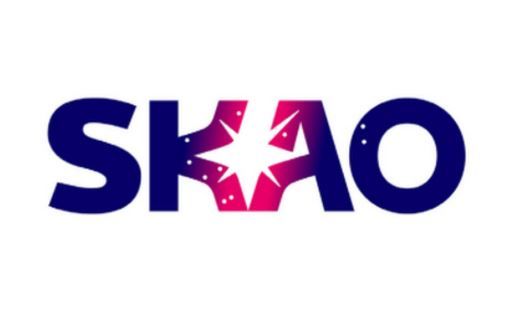SKA
courtesy SKA
General Description
The Square Kilometre Array Observatory (SKAO), with headquarters in Manchester UK, is an ambitious project to build a radio telescope that will enable breakthrough science and discoveries not possible with current facilities. One of its abilities will be to detect hydrogen all the way back to the epoch of the reionisation, also called the “cosmic-dawn”.
Built over two sites in Australia and Africa it will provide over a million square meters of collecting area through many thousands of connected radio telescopes. The telescope is constructed in two phases. SKA1 was designed from 2013-2021 and is now under construction, and SKA2 is planned to follow.
The SKA radio telescopes will provide continuous frequency coverage from 50 MHz (6 m wavelength) to 20 GHz (1.5 cm wavelength). SKA1 will cover most of this frequency range, while greater sensitivity at all frequencies and fast surveying is being added in SKA2. A project of this scale has perforce been developed from the very beginning as an international partnership that will draw on the scientific, technological, industrial and financial resources of its members. What will emerge is a new international observatory.
The construction baseline is as follows:
• SKA1-MID in South Africa will consist of 130 dishes and will incorporate MeerKAT, an antenna array already in place (see title photo). The front-ends will be cryo-cooled to reduce the background noise of the receiver electronics.
• The SKA1-LOW in Australia will consists of 131 072 (=2^17) low frequency dipoles. They will cover the frequency range 50-350 MHz with a baseline lengths of ~80km.
Raw signals from the MID and LOW antennas will be transported to the on-site Central Signal Processing Facility, where they will be divided into narrow frequency channels and cross-correlated with each other before being transferred to the Science Data Processing Centers in Cape Town and Perth respectively. From there pre-formatted signals will be sent to the SKA Regional Processing Centers located at different member states facilities for end-user scientific processing and analysis.
The design work and prototyping work for each of the elements of the telescope was overtaken by so-called design consortia constituted by scientific organizations and commercial entities contributing the needed expertise.
Founding year: 2021 Founding members (7): Australia, China, Italy, the Netherlands, Portugal, South Africa and the United Kingdom
Particpating members (14): AU, CN, FR, GE, IN, IT, JP, NL, PT, SA, ES, SE, CH, UK .
Budget SKA phase one: ~2 B EUR
Swiss financial contribution: 33 MEUR period 2021- 2030
Swiss research institutions involved: EPFL, ETHZ, Uni GE, BE, ZH, BS, HES_SO, FHNW, ZHAW.
Procurement policy
Procurement is restricted to legal entities established in the SKAO member countries rules. Contracts are generally awarded on the basis of value for money rather than on a lowest price basis, i.e quality and price are weighted.
Contracts are awarded to suppliers by a selective tendering procedure depending on the contract value:
- Under 50 kEUR: SKA issues price inquiries and evaluates/ awards offers based on lowest priced offer.
- Between 50 K and 200 kEUR: SKA advertises the opportunity on the Supplier Portal, issues price inquiries, obtains offers and evaluates /awards base onlowest priced offer unless value for money methodology has been decided as more appropriate.
- Above 200 kEUR: SKA follows a full Invitation to Tender procedure:
- Led by Procurement Services with separate Technical Evaluation Panel.
- SKAO Industrial Officer Network given 21 days prior notice of procurement opportunity.
- Market Survey (Expression of Interest) on the Supplier Portal with pre-qualification of potential tenderers.
The SKA Observatory Supplier Portal is a free of charge service to suppliers and potential suppliers.
The procurement processes managed throuh the Portal are:
- Prior notice to ILOs
- Publication of Market Surveys
- Invitation to Tender
- Tender evaluation
- Questions and answers
- Notifications
